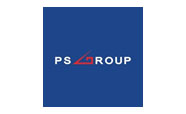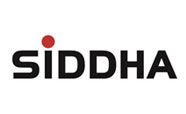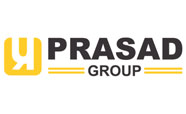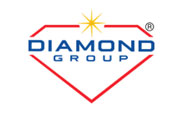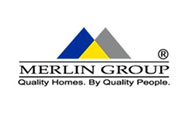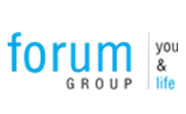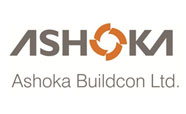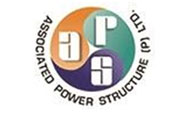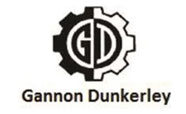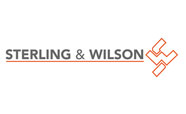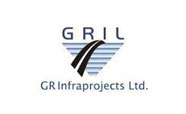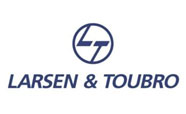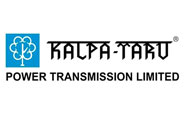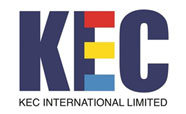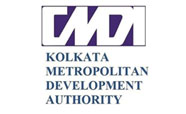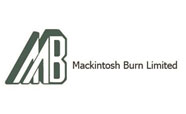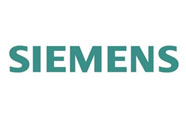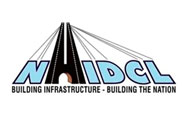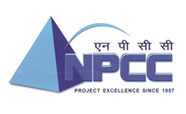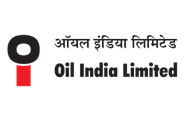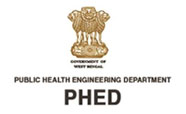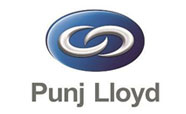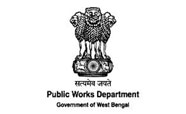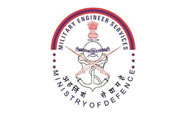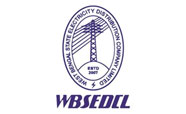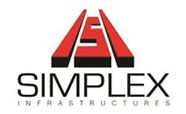- Call: 1800 102 5868
- E-mail: elegant@shakambharigroup.in
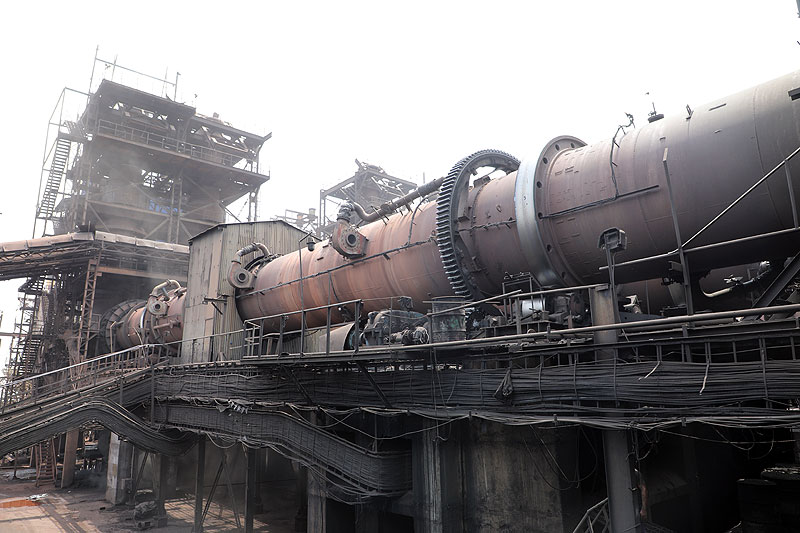
Direct Reduced Iron (DRI) and also widely known as Sponge Iron is an important and most widely used raw material in steelmaking through EAF/EIF process.
DRI is produced from the direct reduction of Iron Ore to metallic Iron in the form of Lumps, pellets or Fines. The process involves heating Iron ore at high temperatures in Rotary Kilns with reducing gases such as Hydrocarbon gas, Carbon Monoxide or Carbon Elementary, thus reducing Iron oxides to metallic iron. The Process temperature is below the melting point, typically 9000C – 12000C.
Basic Inputs for DRI process are as below:
At SHAKAMBHARI, we use both iron ore (4-25mm) and pellet (round balls shaped of 5-18mm) as feed material for producing DRI. The above ingredients are taken into a rotary kiln inside which high reducing gases are maintained in order to facilitate removal of oxygen from Iron Oxide to get refined or metallic Iron (Sponge Iron), at an operating temperature below melting point 9000C – 11000C
The quality of the product DRI (Sponge Iron) so produced is gauged by the degree of Metallization (Mz) and it is a measure of metallic content of iron in the product. Tests carried out for the final product are Fe contain & Chemical Analysis. The product DRI is majorly used for captive consumption at the steel melting division.
DRI process involves low operating cost in comparison traditional Blast furnace route of iron making, the same is energy efficient process being the waste heat produced, during DRI process, is utilized for generating power.
Installed Capacity: 8,50,000 TPA
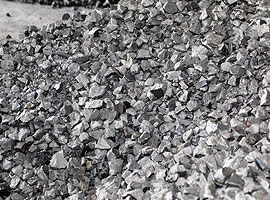
It is the irreplaceable raw material in steel production.
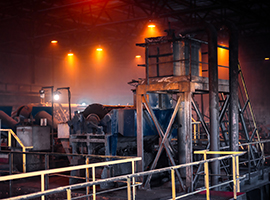
Here raw coal is processed to remove impurities and contaminations.
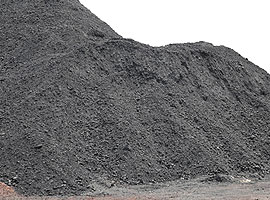
Coal washing with water and chemicals removes Sulphur and other impurities. Washed coal reduces emissions of ash and sulphur dioxide before it is used in DRI & Power plants.
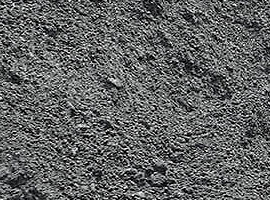
Coal fines are a wasteful by-product of the coal mining process. Reusing these coal fines through palletisation can reduce coal waste and serve as a means of reducing the environmental pollution.

The integrated captive power plant facilitates high fuel efficiency and ensures continued and quality energy supply. Run by Waste heat and coal fines, it serves to optimum utilisation of natural resources and helps to curb carbon footprints.
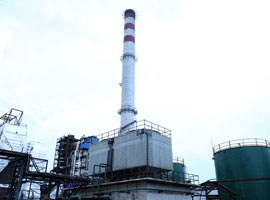
The heat generated by the combustion of coal at DRI is released after reacting with Iron ore, the same is diverted to the boiler plant to generate steam for the captive power plant.
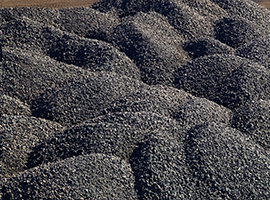
It is used as raw material for producing Ferroalloys, which are further used in steel making. Ferroalloys contribute to improved corrosion resistance, tensile strength and higher ductility at high temperatures during steelmaking.
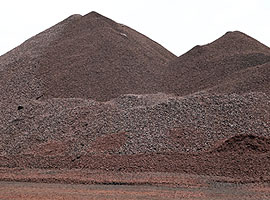
Iron ore is a basic essential component for Iron making. Used in sized lumps at DRI kilns and Blast furnaces and the fines generated during mining and sizing the ore are used at sinter and pellet plants. Iron making is a very vital process to initiate steel making. Iron that is free from impurities, has high Fe contain and consistent chemical properties can only produce high-quality steel.
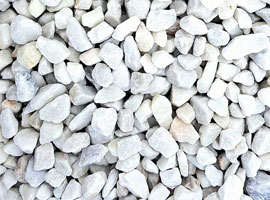
Dolomite is used both as a fluxing material and also as a refractory material in the steelmaking process.
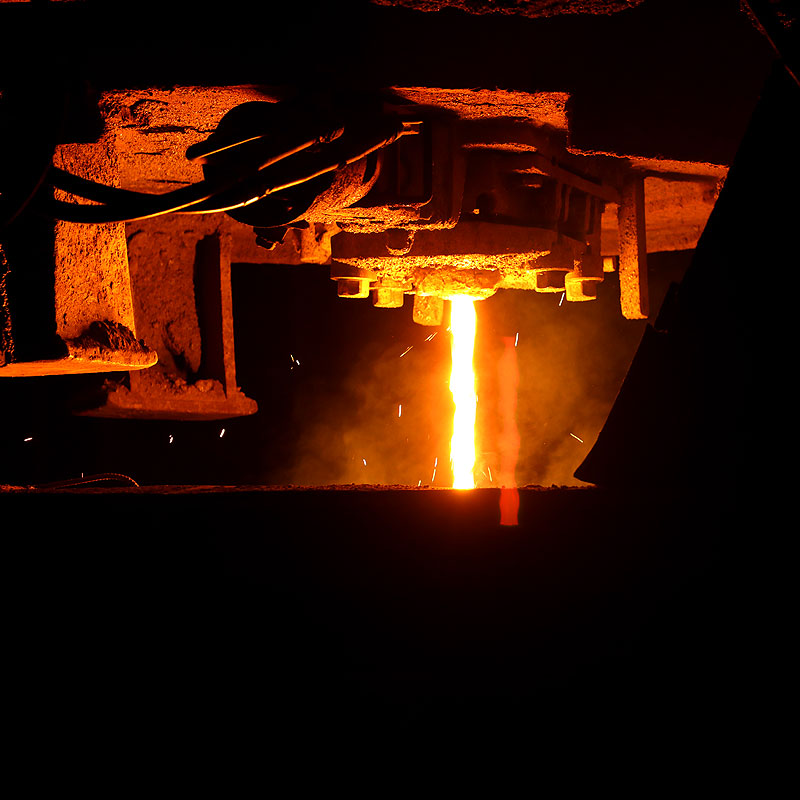
Steel Melting Division (SMD) is the core process of an Integrated Steel Plant where Iron is melted, refined and added with alloying metals to get the crude steel.
At SHAKAMBHARI, SMD comprises Electrical Induction Furnace (EIF) route. The advantage of the induction furnace is a clean, energy-efficient and well-controllable melting process compared to other conventional means of melting, since no arc or combustion is used, the temperature of the material is no higher than required to melt it; this can prevent loss of valuable alloying elements.
An induction furnace consists of a nonconductive crucible holding the charge of metal to be melted, surrounded by a coil of copper wire. A powerful alternating current flows through the wire, which creates a rapidly reversing magnetic field that penetrates the metal to melt. Once melted, the eddy currents cause a vigorous stirring of the melt, assuring good mixing. The charge mix consists of Sponge Iron 75-80%, Pig/Cast Iron 15-20% and In-house steel scrap 5-7%. During the melting process, the temperature is gained up to 15500C – 16500C and slag are removed continuously from the molten material, throughout the duration. The molten metal is added with alloying metals such as Aluminum, Manganese and Silicon (also Copper and Chromium for CRS grade steel) the process kills the Oxygen & other gases in the molten metal and endows with the desired properties of the Crude Steel. During the process, on-line chemical analysis of molten metal is done by the ‘Lollypop’ process and the test samples are tested at Spectrometer.
Installed Production Capacity: 7,00,000 TPA
Continuous casting is the process whereby molten crude steel is solidified into square/rectangular cross-sectional bars, called billets and blooms. Continuous casting has evolved to achieve the improved yield, quality, and productivity with cost efficiency.
Molten metal is tapped into the ladle from furnaces, after undergoing alloying and degassing treatments, and arriving at the correct temperature, the ladle is transported to the top of the casting machine. The hot metal is transferred from the ladle via a refractory shroud (pipe) to a holding bath called a tundish. Metal is drained from the tundish into the top of an open-base copper mold. The mold is water-cooled to solidify the hot metal directly in contact with it, called ‘Primary Cooling’ and then the still-solidifying liquid passes through the spray-chamber, called ‘Secondary cooling’. After that, the material passes through straightening rolls and withdrawal rolls, solidifying into the desired shape. Finally, the Billet is cut into predetermined lengths.
Final Tests are carried out following IS 2830:2012, for Chemical, Mechanical and Physical analysis. The results are recorded and lots are marked with HEAT NO.
At SHAKAMBHARI, Billets/Blooms are produced for sizes 100x100mm, 125x125mm, 130x130mm, 160x160mm, 200x160mm. These are majorly directly hot charged to in-house State-of-the-art automatic rolling mills for the production of world-class QST bars and wire rods and some quantity is exported to other countries.
Installed Production Capacity: 7,00,000 TPA
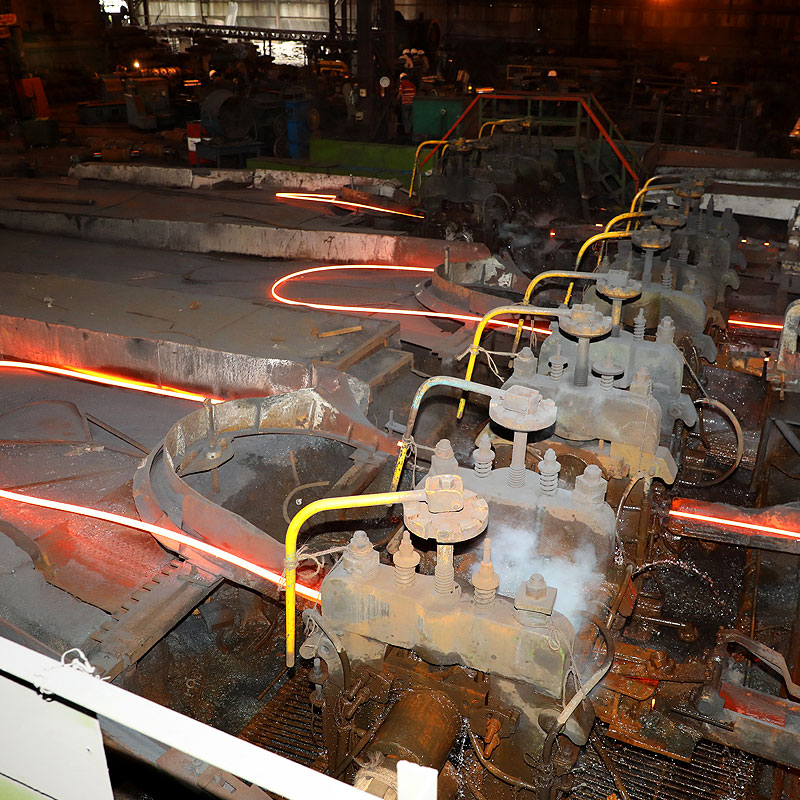
At SHAKAMBHARI most advanced, Direct Hot Charging is process is evolved for transferring hot billets directly from the continuous casting plant to the State-of-the-art automatic rolling mills. The process eliminates the re-heating of billets thus avoid the use of fossil fuel and curb carbon footprint, this also prevents loss of alloying element from the metal ensuring high ductility, tensile strength and corrosion resistance properties of steel.
MS Billets of 130x130mm confirming to IS2062:2012 are directly transferred from CCM to the Rolling Mills with the temperature 9000C to 9500C, the Hot Billet have a small halt at the in-line Induction heater to equalize the temperature to the entire length. The bar after gaining the temperature passes through the Nos. of roller stands arranged in a continuous line, each passing rollers provides the cross-section reduction to the bar, the bar enjoys a smooth-rolling through continuous roller stands; this allows uniform cross-section and minimum loss of temperature. After passing 4nos Roughing Roller Stands and 7nos Intermediate Roller stands, the intermediate section of the bar is diverted to two different Finishing rolling lines both consists of State-of-the-art Block roller stands, one where the bar is finally rolled and coiled to wire rods and another where the bar is rolled, embossed with grooves and pushed to further QST process. At the final finishing roller stand, the rolls used are grooved with a CNC machine to ensure uniform SPIRAL ribs to the bars with the brand name.
Installed Production Capacity: 6,00,000 TPA
The Quenching and Self-Tempering process is designed and adopted worldwide, for the manufacturing of high strength reinforcement steel bars. The QST process allows obtaining superior tensile strength, higher ductility, better bendability and extra corrosion resistance properties to the steel.
At Shakambhari the world-class technology THERMEX by HSE Germany and TEMPCORE by CRM Belgium are used for the QST process. The steel billets with low carbon and high manganese contain rolled to the spiral ribbed bar with the temperature of around 9000C travels from finishing roller stand directly to the high-designed proprietary system where a short intensive but very precise in-line high-pressure water quenching is imparted which results in a hardened periphery. Further post quenching the bar travel to rest on automatic rake type cooling bed for atmospheric cooling, a thermal exchange occurs between the core and cooled outside surface whereby the resultant bar structure has a distinct tempered Martensite at the periphery, Bainite a feather-like /acicular in between and a fine-grained ferrite Pearlite structure in the central zone. These microstructures to top-notch QST bars provide the features of earthquake resistance, corrosion resistance, fire resistance.
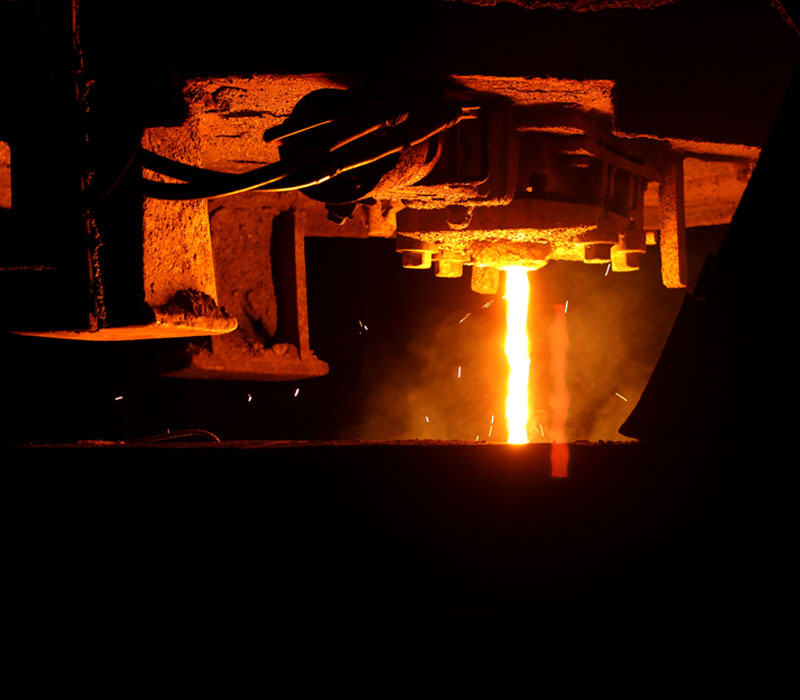
Sampling at regular intervals is carried out for the Physical and Mechanical tests confirming to IS1786:2008. Quality approved ELEGANT STEEL QST Bars are bundled and stacked, marked with Lot identification no., grade and size. The Manufacturing Test Certificates provide quality assurance and are provided with each consignment.
Rolling Sizes (DIA in mm) : 6 |8 | 10 | 12 | 16 | 20 | 25 | 28 | 32
